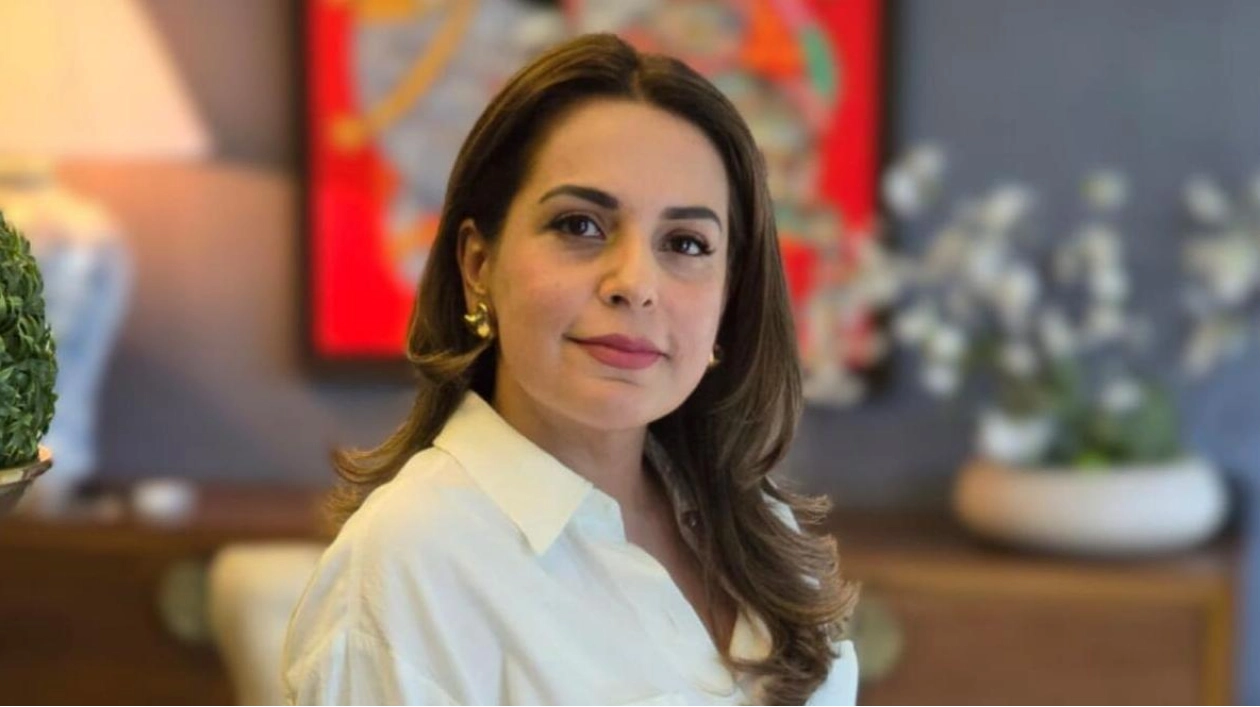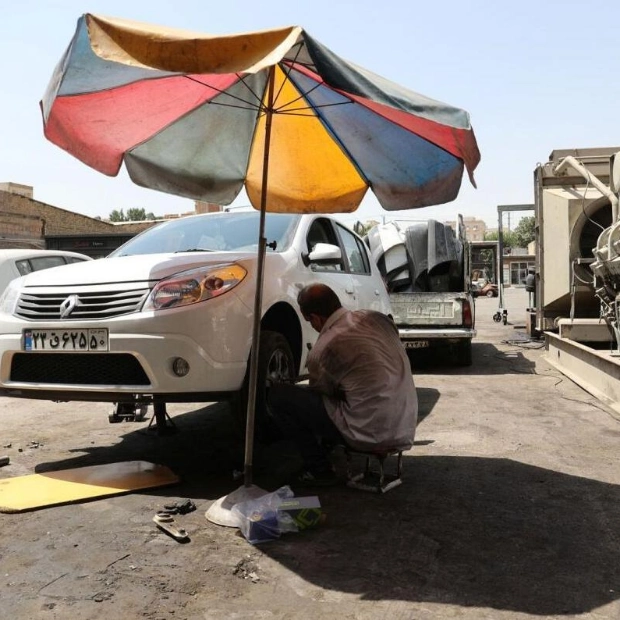In today's fast-changing world, the blend of aesthetics and sustainability is more important than ever, especially in interior design. Having worked as a senior interior designer in India for over 20 years, I've seen how design affects not only our lives but also our environment. As we tackle the climate crisis and aim for a sustainable future, interior design emerges as a key area that can drive significant change. It's not just about arranging furniture or picking color schemes; it's about crafting spaces that boost well-being while respecting the planet's boundaries.
Facing the growing issues of climate change and resource exhaustion, incorporating sustainable methods into interior design is no longer just a trend but a must. One major way interior design supports sustainability is through material selection. The industry is moving away from non-renewable resources to eco-friendly options like reclaimed wood, recycled metals, and low-VOC paints that enhance indoor air quality. In Dubai, known for its lavish and innovative architecture, the push towards sustainable materials is picking up pace. Projects like the Dubai Sustainable City show that luxury and environmental responsibility can coexist.
Energy efficiency is another vital component of sustainable interior design. Techniques like strategic window placement, energy-efficient lighting choices, and smart home technology integration help lower a building's carbon footprint. In cities like Delhi and Dubai, where extreme climates are common, designing spaces that maximize natural light and ventilation can greatly reduce energy usage. Masdar City in Dubai, a leading project in sustainable urban development, exemplifies how smart design can significantly cut energy use and promote a sustainable lifestyle.
Additionally, sustainable interior design stresses the importance of durability and longevity. Investing in high-quality, timeless furniture and fixtures cuts down on frequent replacements, reducing waste and the need for new resources. This approach benefits the environment and offers economic benefits to consumers. In Dubai's luxury market, where high-end interiors often symbolize status and durability, this philosophy is particularly pertinent.
The idea of circular design is also gaining popularity in interior design. This involves creating spaces and products that can be easily disassembled and recycled at the end of their lifecycle. In Delhi, where rapid urbanization often leads to high waste production, adopting circular design principles can greatly reduce the environmental impact of construction and renovation activities. Dubai, with its ambitious goal of becoming a global sustainability leader, is well-suited to adopt and promote such innovative practices.
Moreover, interior design plays a role in cultivating a culture of sustainability among occupants. Well-designed spaces can encourage sustainable behaviors like waste reduction and water conservation. For instance, using water-efficient fixtures and promoting recycled materials can foster a sense of environmental responsibility among those who use these spaces.
Integrating sustainability into interior design is challenging but crucial for our planet's future. As a designer, I am dedicated to advancing this cause through my work, promoting practices that enhance aesthetic appeal and contribute to a healthier, more sustainable world. Cities like Delhi and Dubai, with their unique challenges and opportunities, serve as examples of how interior design can evolve to meet current demands.
The importance of interior design in promoting sustainability cannot be overstated. As we face environmental challenges, it's essential to use design to create spaces that are not only beautiful and functional but also respectful of our planet. By embracing sustainable practices and innovative materials, interior design can pave the way towards a more sustainable and harmonious future.






